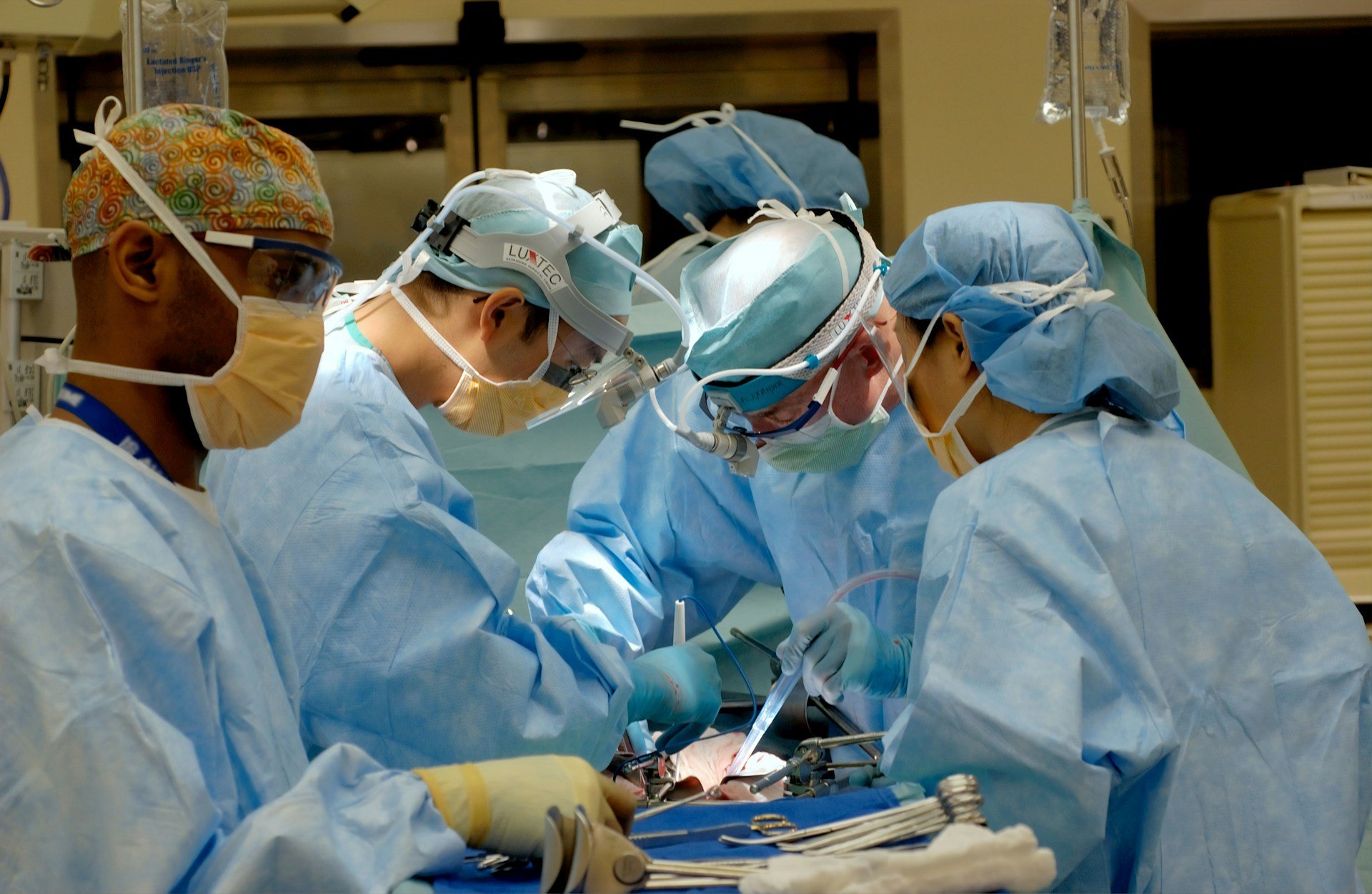OTOPLASTY / REPAIR OF PROMINENT EARS
Otoplasty in Galway | Ear Surgery
What do I need to know about otoplasty?
A cut is usually made behind the ear in order to do the operation. A number of techniques and stitches can be used to reshape the cartilage, to remove excess cartilage and to correct ears that stick out too much. The appearance of the ear will depend upon its initial size and shape. The healing process after the operation will also be a factor and will largely dictate the degree of normality of this operation. Perfect symmetry between the two ears cannot be guaranteed.
Some post-operative pain is normal for the first 24-48 hours. If pain persists the surgeon should be consulted, as this may be an early sign of complications developing. To reduce the risk of fluid collecting under the skin, a fairly bulky and tight bandage will be used which needs to be kept in place for one to two weeks. There may be some oozing after surgery. This may be seen on the outside of the bandage. Provided this does not get worse, it should not cause problems. The cut/s normally heals with only a small scar behind the ear/s. Usually the result is excellent and because of its location the scar cannot be seen.
This procedure will require an anaesthetic. See Local Anaesthetic information sheet for information about the anaesthetic and the risks involved. If you have any concerns, discuss these with your doctor.
Important information
Before the operation, you must tell the surgeon performing the operation and the anaesthetist of any medical problems, allergies, prescribed drugs (particularly blood thinning drugs), use of recreational drugs or alcohol consumption. Smoking in the pre or post-operative period is known to cause complications. The operation will result in a scar or scars. Make sure you know before the surgery as to the type of scar or scars, the size and where your scar/s will be. The surgeon may ask you to do certain things before you can have surgery, such as exercise, weight loss and stopping smoking. This may also improve your post-operative recovery.
What are the risks of this specific procedure?
General risks:
∙ Infection can occur, requiring antibiotics and further treatment.
∙ Bleeding could occur and may require a return to the operating room. Bleeding is more common if you have been taking anticoagulants or antiplatelet medications
∙ Small areas of the lung can collapse, increasing the risk of chest infection. This may need antibiotics and physiotherapy.
∙ Increased risk in obese people of wound infection, chest infection, heart and lung complications, and thrombosis.
∙ Heart attack or stroke could occur due to the strain on the heart.
∙ Blood clot in the leg (DVT) causing pain and swelling. In rare cases part of the clot may break off and go to the lungs.
∙ Death as a result of this procedure is very unlikely .
Specific risks:
∙Perfect symmetry between the two ears cannot be guaranteed.
∙ Discomfort due to bulky and tight bandages kept in place for one to two weeks.
∙ Bleeding can cause a collection of blood between the skin and the cartilage of the ear.
∙ Immediate post-operative bleeding, which may require urgent surgery to remove any clot that has formed, and prevent further bleeding.
∙ Any trauma to the ear after the bandages are removed may cause bleeding and this may need further surgery.
∙ Numbness and abnormality in the feeling of touch over the skin of the ear. It should generally return over the next few months.
∙ Infection, which can cause severe damage and deformity to the ear cartilage. This may prevent adequate wound healing and require further surgery.
∙ The wound may not heal properly and become thickened, red, itchy and swollen.
∙ Improvement is the aim. Perfection is not always possible. Further operations may be required to improve the result, particularly if complications as mentioned above arise.
Questions to ask my doctor/healthcare professional:
If you do not understand any aspect of the information in this patient information sheet or any other information you have been given about your condition, treatment options and/or proposed procedure, please talk about this with your doctor/healthcare professional.

